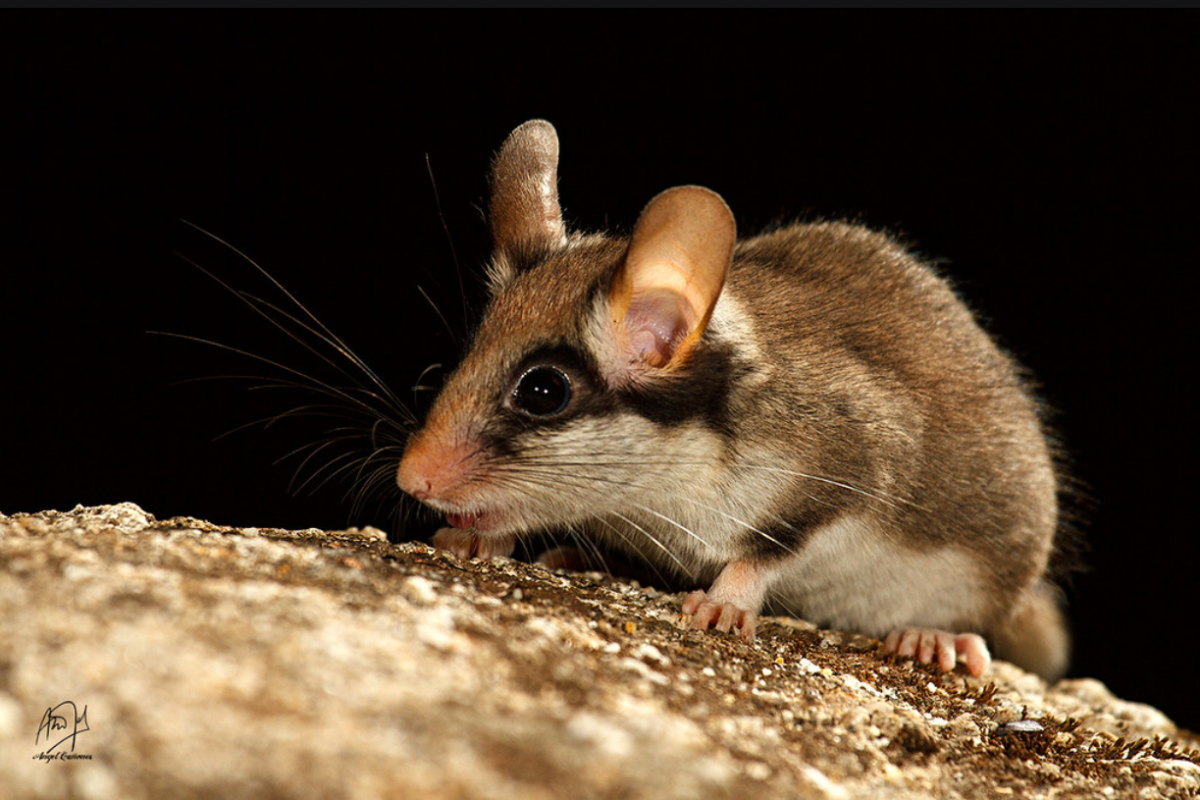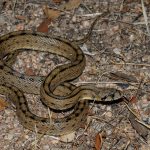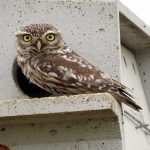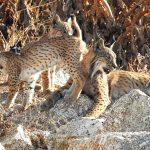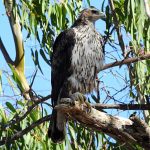If lagomorphs are a key order for Extremadura’s ecosystems, no less so are the rodents, which serve as food for all kinds of predators, large and small, whether reptiles, birds of prey or mammals. Below are the most relevant species of rodents in Extremadura.
Algerian mouse Mus spretus
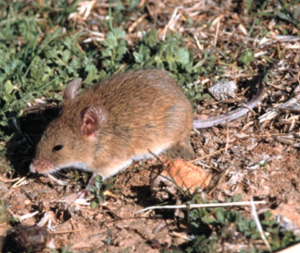
Small mouse (<20 grams), with rounded snout and small ears. Also present throughout the region, differs from Mus musculus by the flatter snout and shorter tail, in addition to size. It is a typical wild species of Mediterranean environments: scrubland, meadows, pastures, fields … Like its congeners, its diet is more granivorous than insectivorous, although it takes advantage of all sources. It has an important ecological role as an acorn disperser.
Black rat Rattus rattus
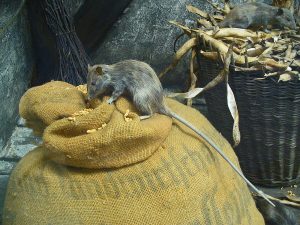
Also widely distributed throughout most of the planet, its habitat is even more closely linked to humans. An excellent climber, it usually lives in the cavities of buildings, sewers, bridges and other constructed buildings. Darker, more stylized and with a more elongated snout than the brown rat, it is better adapted to this anthropic habitat. It is also omnivorous and can be preyed upon by all types of predators, whether raptors, mammals or large reptiles.
Brown rat Rattus norvegicus
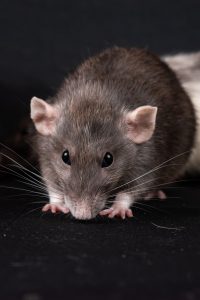
The gray or brown rat is one of the best adapted rodents in the world. It is distributed practically all over the world, except in polar areas, and is closely related to humans. It can be found in towns and cities as well as in the countryside. Nocturnal, omnivorous, it can live almost anywhere where there is a usable food source. Similar to the black rat (rattus rattus), it differs from the latter by its stockier body, shorter tail and stubbier snout, as well as its browner or grayer color.
Cabrera’s vole Microtus cabrerae
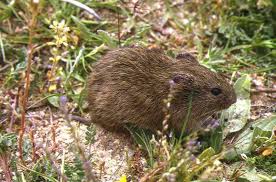
It is a large, robust vole that can weigh up to 60 grams. We can also found it in the northern half of the province of Cáceres, occupying wetlands in the Mediterranean environment. It eats green grass all year round so its populations are very much linked to this humidity. Reedbeds, green pastures and to a lesser extent humid woods form its main habitats.
European snow vole Chionomys nivalis
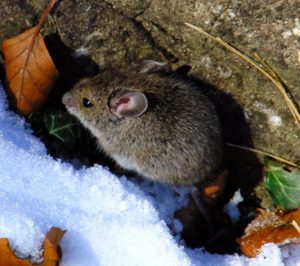
It is the largest of the vole in Extremadura (from 45 to 70 grams) and the only one of the rodents in Extremadura that lives in the high mountains. This vole is present in the Gredos area and is rather scarce. It occupies altitudes above 1000 metres, prefers rocky areas and south-facing slopes. Eminently herbivorous, it sometimes supplements its diet with some insects. Its populations are rather scarce and hardly interconnected.
Field vole Microtus agrestis
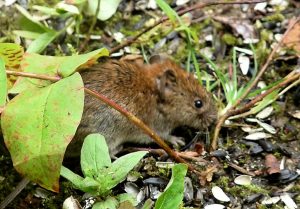
It is a medium-sized vole, abundant in the northern third of the peninsula, but we can also find it in the north of Cáceres. It has a predilection for meadows and thick grasses, although we can also find it on the edge of forests and bushes. This vole feeds on sprouts and tender stems of herbaceous plants and some seeds.
Garden dormouse Eliomys Quercinus
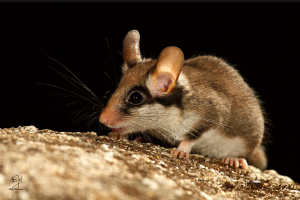
The dormouse is a peculiar rodent that is characterized by its black mask, is eminently nocturnal and hibernates several months of the year. It lives in forests and rocky areas, taking refuge among the rocks themselves or in the hollow trunks of trees. It is present throughout the community but its population has been declining in recent decades. This dormouse feeds mainly on nuts and cereals, although it can also eat invertebrates. It is part of the diet of almost all nocturnal birds of prey as well as other predators.
House mouse Mus musculus
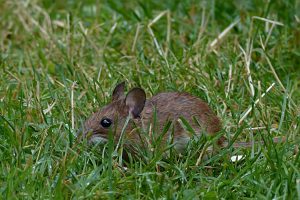
It is the typical mouse that we can find in towns and cities, small size, usually does not exceed 30 grams. Present throughout the region, has a great capacity to adapt, can adapt to all types of environments. Although it is usually linked to the human environment, sometimes we can find remote populations on the banks of farmland. In humanized environments they feed on any type of organic matter, in the wild especially on seeds, fruits and invertebrates.
Lusitanian pine vole Microtus lusitánicus
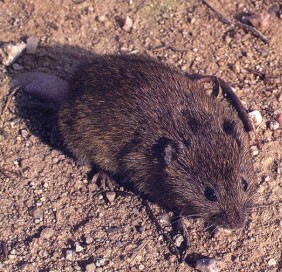
Iberian endemism that inhabits the northern third of the province of Cáceres, but has also been detected in the municipality of San Vicente de Alcántara. It is herbivorous and of underground habits, being a good excavator of galleries, although not as much as the Mediterranean vole. It prefers humid areas and clayey soils and can be found up to 2000 metres above sea level.
Mediterranean pine vole Microtus duodecimcostatus
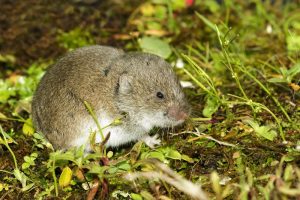
It is a slightly larger vole than the Lusitanian, typical of Mediterranean scrub and open areas. Very subterranean in habit, it has small eyes and reduced ears to better adapt to this environment. One of the most common rodents of Extremadura, we can find it at practically any altitude, and its ecological role is fundamental as a prey species.
Southwestern water vole Arvícola sapidus
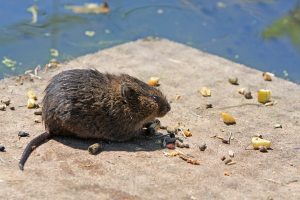
A rodent that looks like a vole but is much larger in size, it is a typical inhabitant of aquatic ecosystems: rivers, streams and lakes. Their populations are distributed throughout the region, although they are not usually very abundant. In addition to water, it requires a dense vegetation cover to take refuge from its predators. It feeds mainly on aquatic plants visible on the surface such as reeds and sedges, although it also eats herbaceous species present on the banks.
Wood mouse Apodemus sylvaticus
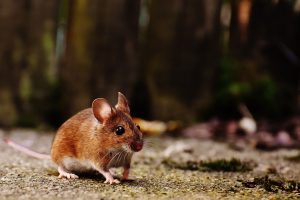
Similar in size to the house mouse, although it can reach up to 40 grams in some areas. Present throughout the Iberian Peninsula and therefore in Extremadura, it is characterised by its reddish colour in adults. Its habitat is made up of bushes and cultivation areas, but it can also be found in parks and gardens. Its diet is more granivorous than insectivorous, although it can vary depending on availability.
Thanks to Ángel Cañones and Alfonso Roldán Losada for the pictures.

